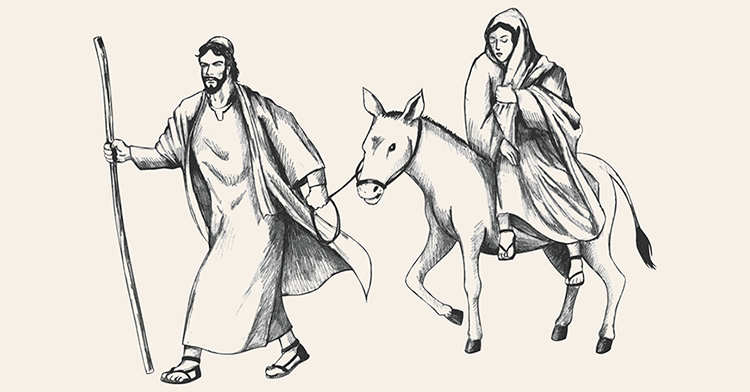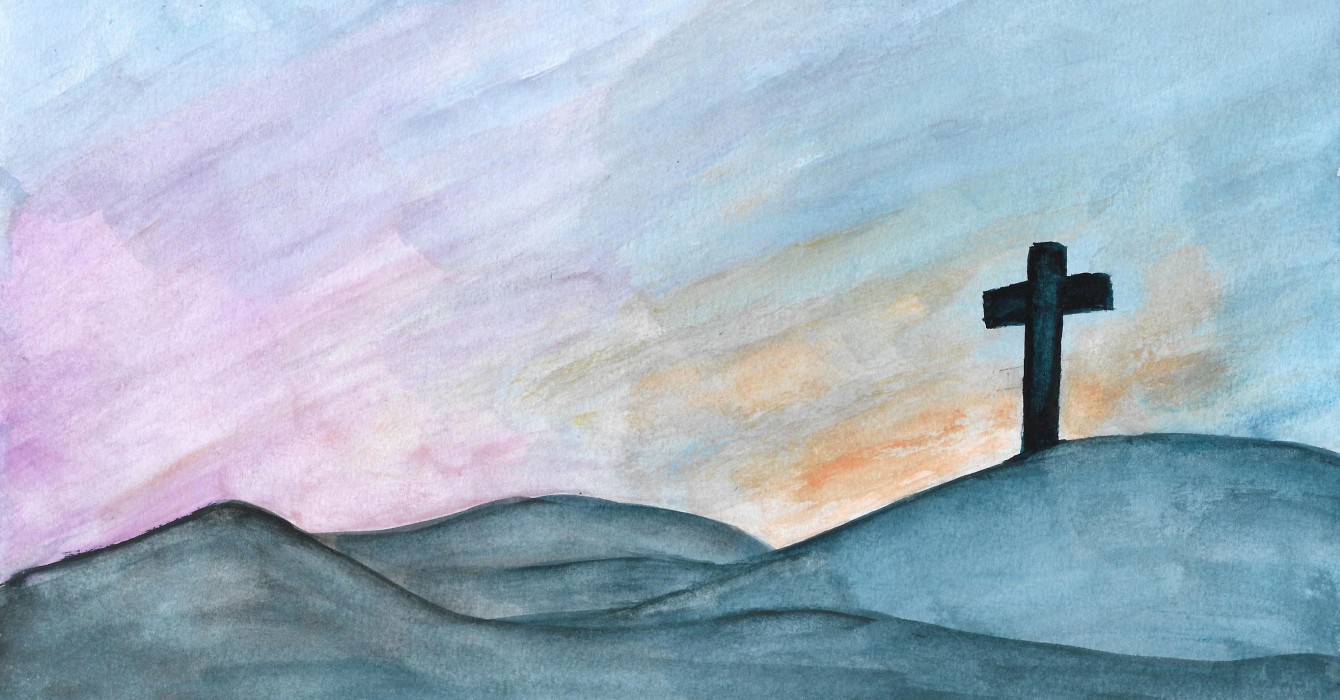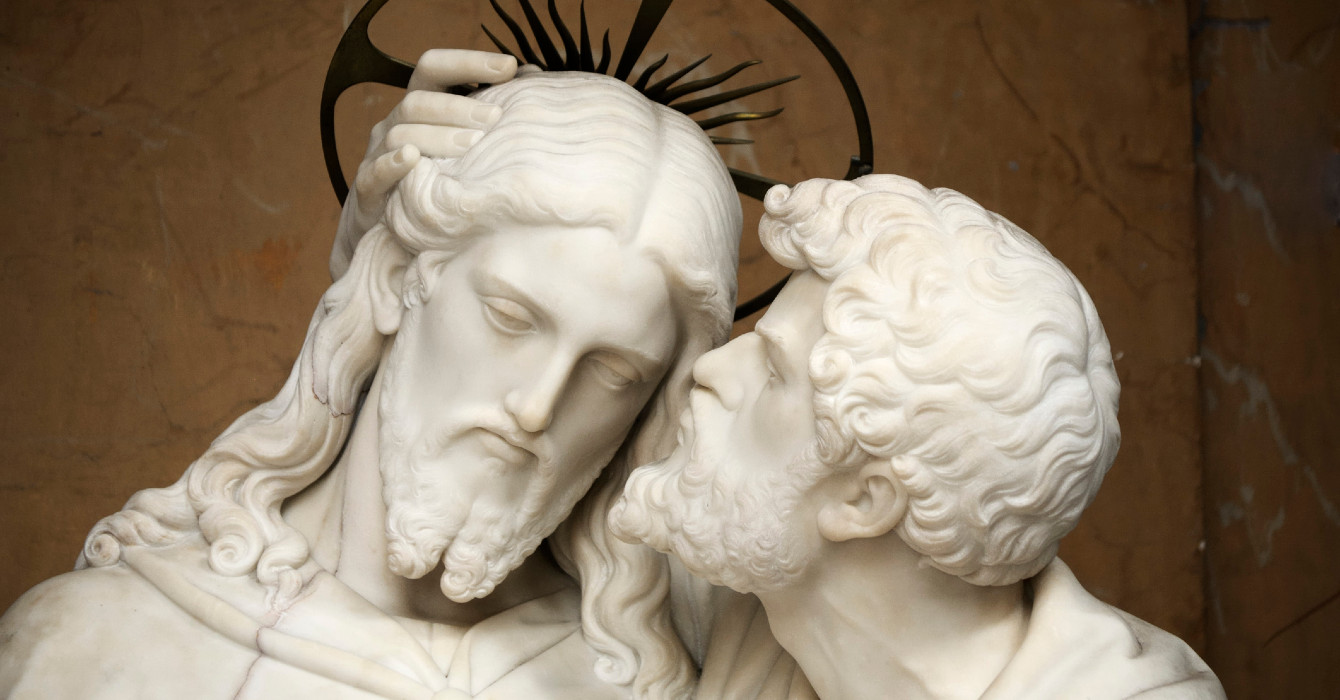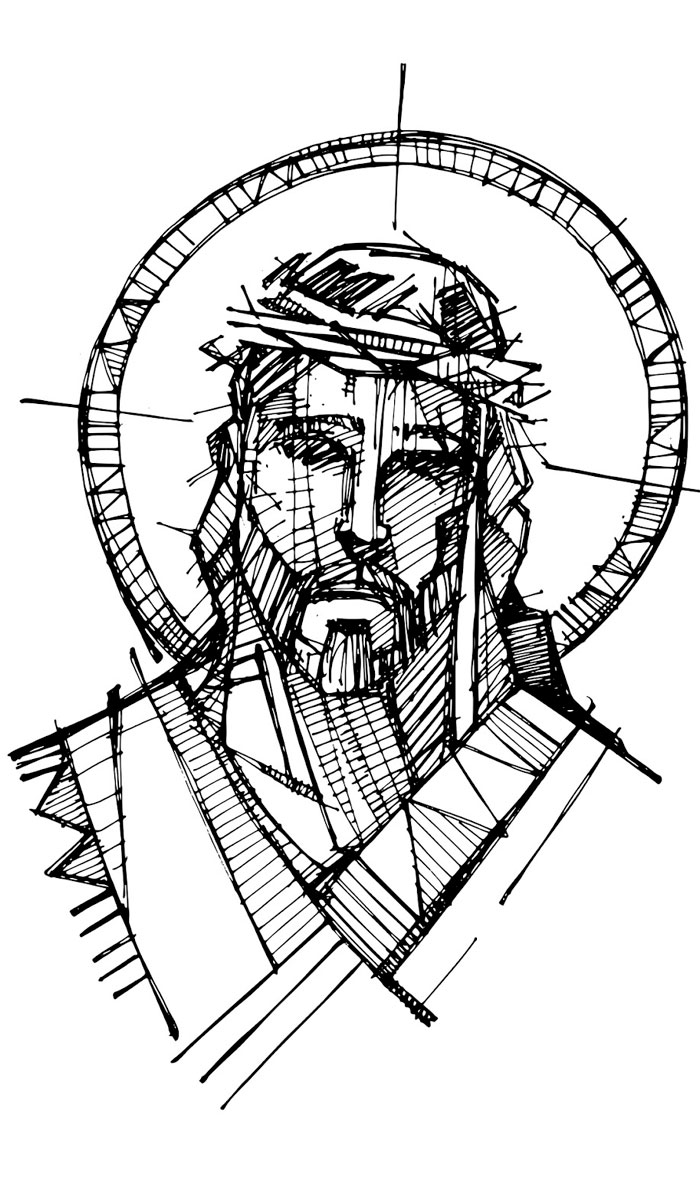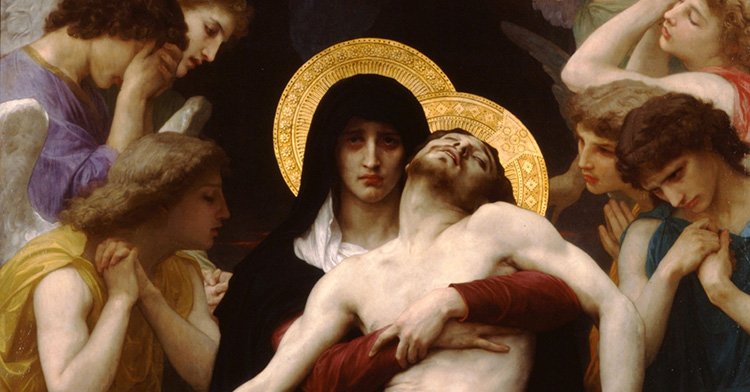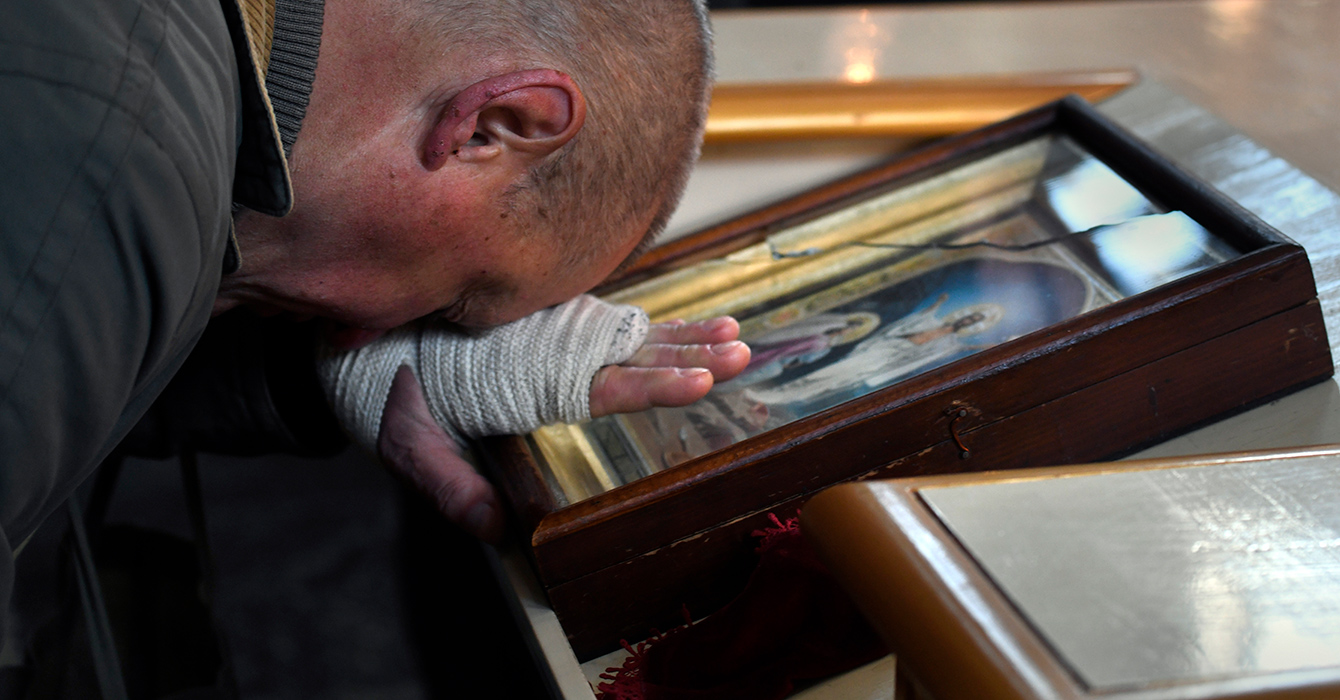Reading Luke’s account of Easter, I found myself focusing on a small detail in the story that I have previously overlooked. When Peter enters the empty tomb, he sees strips of linen placed neatly aside.
Apparently, it is this seemingly mundane observation that opens Peter’s heart to the miracle before him, and Luke says “he went away, wondering to himself what had happened” (Luke 24:12 NIV).
What did Peter see in these strips of linen cloth? What might I see if I too paid closer attention to them? I easily recalled that when Mary gave birth to her son, “she wrapped him in cloths and placed him in a manger” (Luke 2:7).
With a little more effort, I also remembered that when Joseph of Arimathea removed Jesus’ body from the cross, he did the same. He “wrapped it in linen cloth and placed it in a tomb” (Luke 23:53). The three most significant moments in the life of Christ -- his birth, his death, his resurrection -- all include cloths or what was once described as “swaddling clothes.”
Now, that could be just a coincidence. Maybe Luke is merely reporting an overlap in the ancient practice of infant care and Jewish burial customs. Maybe. But I doubt it.
The Gospel writers aren’t content with mere reporting, with just the facts. Their goal is much more ambitious. It is to bear witness to the truth of Jesus Christ and thus to lay bare the nature and essence of God. So what does it mean that God incarnate -- God-in-the-flesh -- allowed himself to be swaddled by human hands, by you and me?
In the ancient world, swaddling infants was an almost universal practice, and it was more severe than just wrapping them in blankets. Newborns were first rubbed with salt and oil and then wrapped so tightly with bands of cloth that it was impossible for them to move their heads or their limbs.
A swaddled child had power over only her eyes. Nothing more. To be swaddled was to be severely restricted, rendered helpless, paralyzed.
That may sound harsh, but for ancient families it made perfect sense. They spent much of their time outdoors and exposed to every change in the weather. Swaddling kept young children warm and protected them from the elements. But it also did something even more important. Swaddling made it possible for mothers to keep up with their children while also tending to the many other tasks that were necessary for survival.
A swaddled child was a cherished child -- secured, in the deepest sense of the word. That’s why in the lexicon of ancient Hebrew the word “unswaddled” was a synonym for abandoned.
By the 17th century, at least in European households, the ancient practice of swaddling fell dramatically out of favor. What was once a sign of being cherished and protected was now associated with neglect.
Families did not spend as much time outdoors, and exposure was no longer such a dire threat. In wealthy families, young children were cared for by nursemaids, who sometimes wrapped their charges tight in swaddling clothes and basically propped them up in a corner, forgetting them, so they could focus on frivolous activities like fashion and dancing and suitors. In the modern West, swaddling came to be seen as a cruel and ignorant relic of our ancient past.
You can see that even today, in the insignia of the American Academy of Pediatrics. It shows a young child emerging from his swaddling clothes. The infant’s arms are stretched wide. His feet are spread apart. The bands of cloth -- once as tightly wound as a cocoon -- have fallen away. His swaddling clothes unravel at his feet.
The insignia is based on a 15th-century Italian sculpture known as the “liberated bambino.” The artist, Andrea della Robbia, sought to display the highest ideals of modern humanism -- personal freedom and liberation from the ignorance of the past.
In just a few centuries, the image of swaddling clothes completely changed in meaning. It went from being a sign of love and affection, of being deeply cherished, to being a symbol of cruelty and neglect.
And maybe that’s the point. In the crèche and on the cross, our Lord not only came to us; he allowed himself to be bound by us. For our sake, God incarnate became vulnerable. He gave himself up to us. He placed himself in our hands.
It’s one thing to picture Mary wrapping the infant body of Jesus in swaddling clothes and laying him in a manger. It’s quite another to see Joseph of Arimathea doing the same with his bruised and lifeless adult body and then laying him in the tomb.
In the novel “The Widows of Eastwick,” by John Updike, a wife is sharing with a friend why her husband abruptly gave up his favorite sport of snow skiing. He was injured, she explains, by a pair of young snowboarders. But it wasn’t the injury that made him quit; it was the embarrassment of being rescued. He had to be carried down the mountain by the ski patrol, she says, “all swaddled like a baby or a mummy.” He just quit, because he never got over the embarrassment of that.
It is embarrassing -- shameful, even -- to see our Savior as vulnerable as a newborn infant, to watch as he is removed from the cross, wrapped in swaddling clothes and laid in a tomb. Perhaps the greatest mystery of the Christian faith is that God -- the all-powerful Creator -- became for our sake completely vulnerable.
In the crèche and on the cross, God incarnate is bound in swaddling clothes. To their credit, the Gospel writers never attempt to explain that. They simply bear witness to its truth.
And then, on Easter morning, we discover that this mystery goes even deeper. Peter runs to the place where Joseph of Arimathea has laid him. He not only finds this place empty; he sees that the swaddling clothes that once bound him have been untied and put away.
Now that I see this detail in the story, I understand why it filled Peter with wonder. It was a sign unto him -- and now unto me as well -- that our risen Lord has no more use for swaddling clothes. The very one who placed himself in our hands also holds each one of us in his own.




